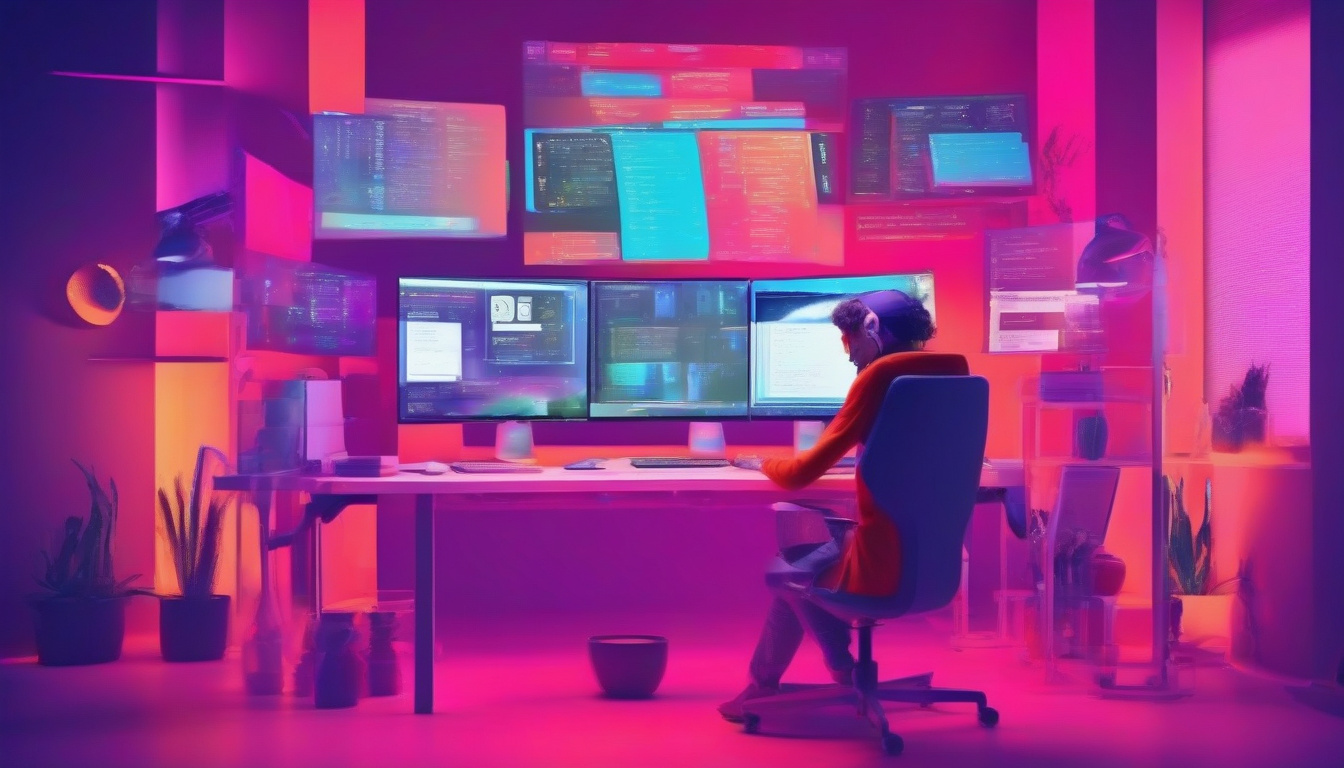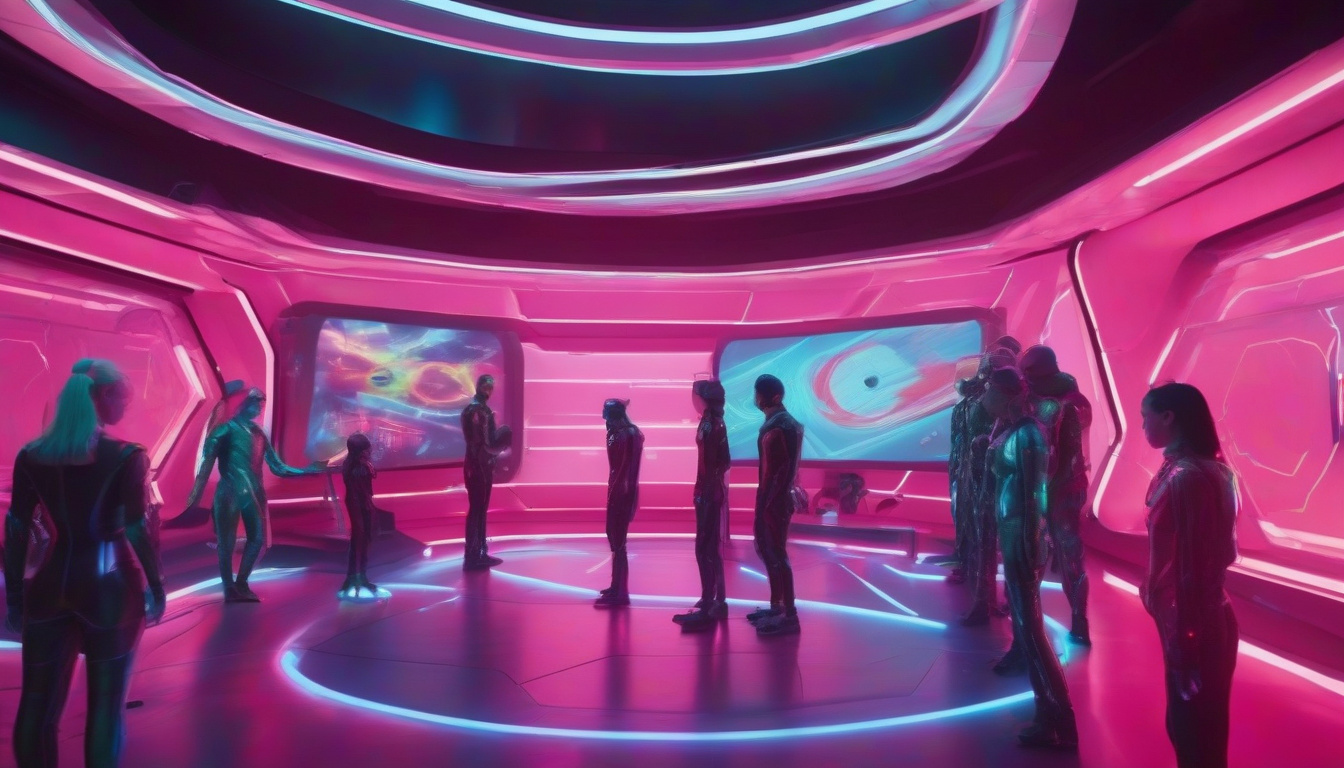
In the fast-evolving world of film production, technology continues to play a transformative role, and one of the most groundbreaking innovations is the use of AI casting tools for film.
These advanced tools are revolutionizing how filmmakers find and select talent, streamlining the casting process and ensuring that productions have the best-suited actors for their projects.
In this article, we will delve into the intricacies of AI casting tools, exploring how they operate, their numerous benefits, and the emerging trends shaping the future of casting in the film industry.
Whether you are an aspiring filmmaker, a producer, or simply a film enthusiast, understanding the implications of AI in casting is essential to navigating the modern filmmaking landscape.
Get Professional Screenplay Coverage in Minutes, Not Weeks!
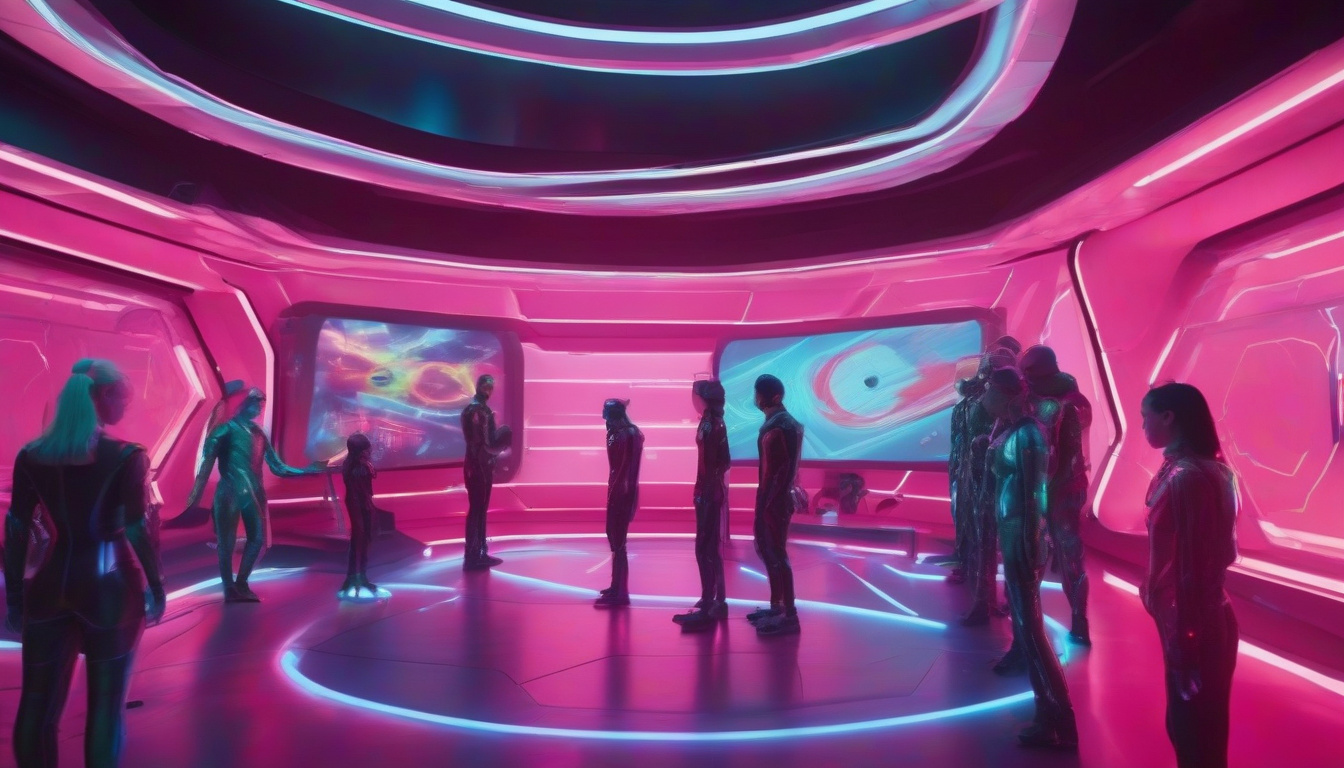
Key Takeaways
- AI casting tools streamline the casting process by analyzing actors’ resumes and performances more efficiently than traditional methods.
- These tools utilize advanced algorithms to match actors with roles based on various criteria, enhancing the overall quality of film production.
- The benefits of AI in casting include reduced casting time, increased diversity in actor selection, and improved project outcomes.
- Real-world examples showcase the successful implementation of AI casting tools, demonstrating their effectiveness in finding the right talent.
- Future trends indicate that AI will continue to evolve, further revolutionizing the film casting landscape and other aspects of production.
Introduction to AI Casting Tools
As the film industry continues to evolve with technological advancements, one of the most exciting developments has been the rise of AI casting tools for film.
These innovative solutions leverage artificial intelligence to streamline the casting process, making it faster and more efficient while providing filmmakers with a broader pool of talent to choose from.
By analyzing vast amounts of data, including actor portfolios, past performances, and audience preferences, AI casting tools help directors and producers find the perfect match for their roles.
This not only saves time but also enhances the overall quality of the casting process, ensuring that the right actors are selected to bring unique characters to life on screen.
With the increasing application of AI in various creative fields, understanding and utilizing these AI casting tools for film is essential for industry professionals looking to stay competitive.
How AI Casting Tools Work
AI casting tools for film have revolutionized the traditional casting process by leveraging advanced algorithms to streamline talent selection.
These tools analyze vast databases of actors, their past performances, and audience reception to suggest ideal candidates for specific roles.
By utilizing machine learning, AI casting tools can predict which actors may bring the most value to a production based on numerous factors, including their previous box office success, social media presence, and audience demographics.
Additionally, these tools can efficiently process scripts and character descriptions to match actors’ skills and attributes with the envisioned roles, ultimately saving time and reducing the subjective biases often inherent in casting decisions.
As a result, filmmakers can access a wider pool of talent and make more informed choices, fostering a more inclusive approach to casting and enhancing the overall quality of film production.
‘The greatest innovation of the 21st century will be the intersection of biology and technology. It’s at that intersection that AI will help us change our world.’ – Steve Jobs
Get Professional Screenplay Coverage in Minutes, Not Weeks!
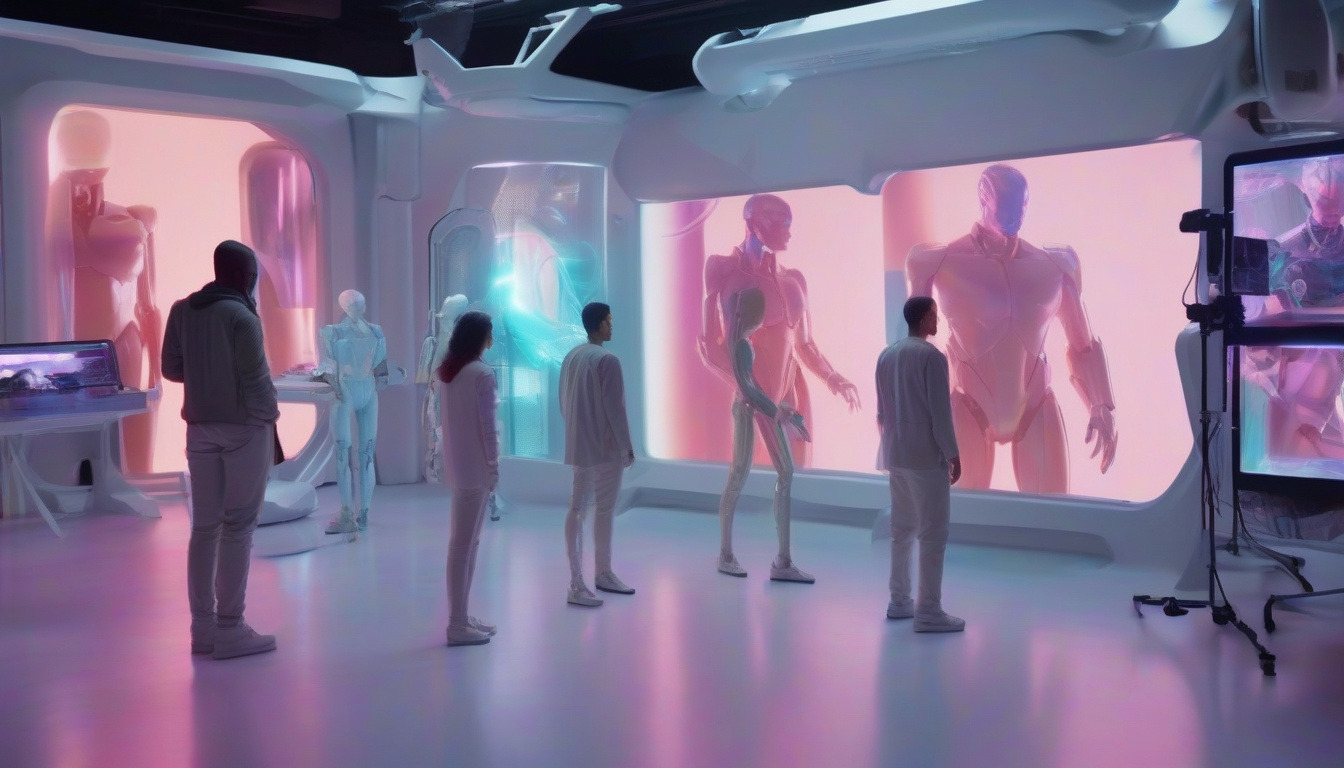
Benefits of Using AI in Film Casting
The film industry is undergoing a remarkable transformation with the advent of AI casting tools for film, which streamline and enhance the casting process.
One of the primary benefits of using these advanced technologies is the ability to analyze vast amounts of data swiftly, allowing casting directors to find actors that not only fit the character profiles but also resonate with the audience’s preferences.
By leveraging machine learning algorithms, AI can predict which actors might increase a film’s box office potential based on historical performance and viewer demographics.
Additionally, these tools provide a more inclusive approach to casting by suggesting a diverse range of actors who may have been overlooked, ultimately enriching the storytelling with varied perspectives.
Furthermore, the efficiency gained through AI casting tools reduces the time spent on auditions, enabling filmmakers to focus on creative aspects of production.
As the film industry embraces these innovative solutions, the accuracy and effectiveness of casting continue to improve, making AI casting tools a vital asset for any modern filmmaker.
Comparing Traditional vs. AI Casting Methods
In recent years, the film industry has witnessed a revolution with the advent of AI casting tools for film, which have begun to redefine traditional casting methodologies.
Traditionally, casting directors rely on extensive experience, instinct, and manual processes to select actors for roles, often spending countless hours sifting through audition tapes and portfolios.
In contrast, AI casting tools leverage advanced algorithms and data analytics to streamline this process, allowing filmmakers to analyze vast amounts of information about actors, including their past performances, audience appeal, and even social media presence.
While traditional methods emphasize human intuition and relationships within the industry, AI casting tools provide a data-driven approach that can enhance objectivity and efficiency.
By comparing these methods, filmmakers can better understand how to integrate technology into the casting process, potentially saving time and resources while ensuring a more diverse and suitable selection of talent for their projects.
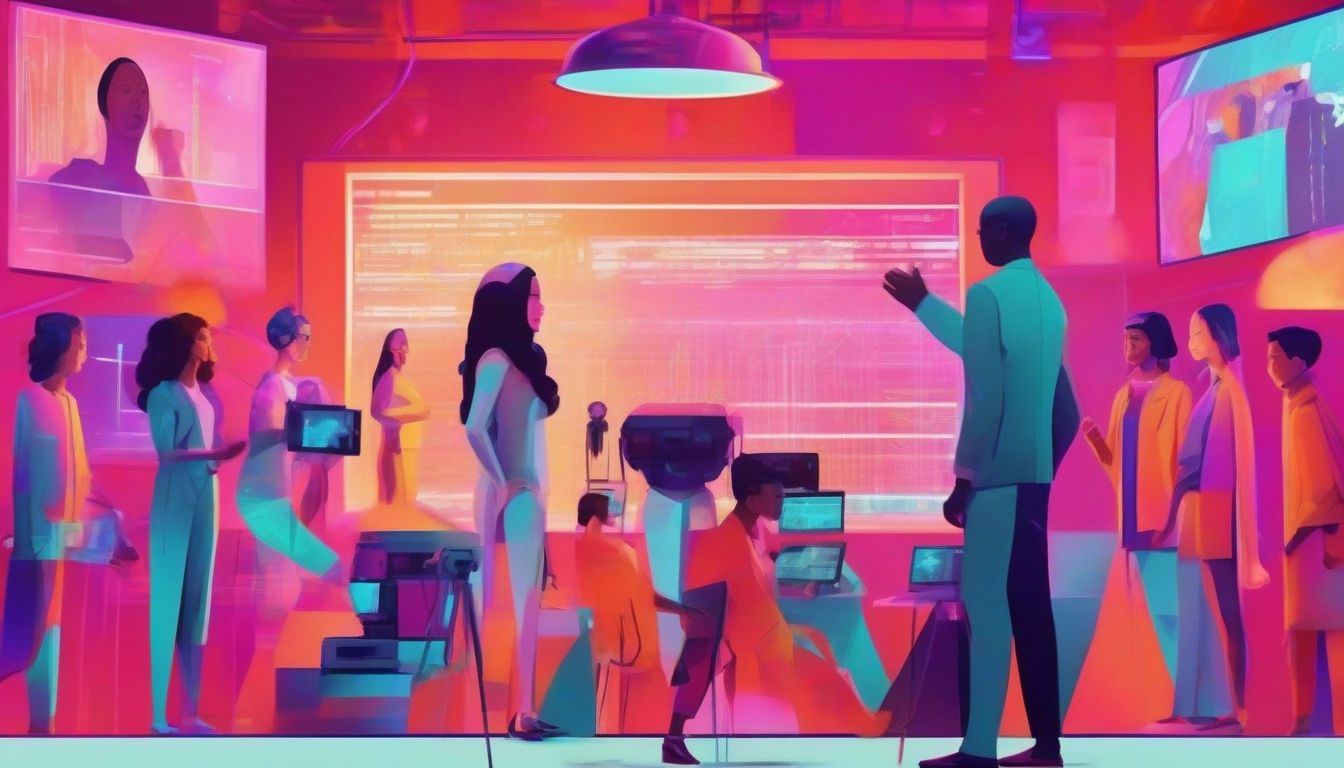
Real-World Examples of AI Casting Success
AI casting tools for film have revolutionized the way directors and producers select talent, offering innovative solutions that enhance efficiency and creativity.
One striking example is the casting of the 2022 blockbuster ‘The Matrix Resurrections,’ where AI casting tools analyzed vast databases of actors alongside audience preferences to suggest optimal candidates for various roles.
Similarly, the animated feature ‘Spies in Disguise’ utilized AI to generate profiles based on voice actors’ past performances, matching them with characters tailored to their vocal strengths.
Moreover, independent films like ‘The Social Network’ have employed AI-driven analytics to identify emerging talent, helping filmmakers discover fresh voices that resonate with modern audiences.
These real-world applications highlight how AI casting tools for film not only streamline the selection process but also contribute to creating more authentic and engaging cinematic experiences.
Future Trends in AI Casting for Film
The film industry is witnessing a transformative shift with the introduction of AI casting tools for film, which are reshaping how casting decisions are made.
As filmmakers and producers strive for greater efficiency and enhanced creativity, these sophisticated technologies are becoming indispensable.
AI casting tools utilize advanced algorithms and machine learning to analyze vast amounts of data, including actor portfolios, past performances, audience reception, and even demographic trends.
This enables casting directors to identify the best talent for specific roles with unprecedented accuracy.
Looking ahead, we can anticipate that these tools will not only streamline the casting process but also promote greater diversity in casting decisions by presenting a broader range of options based on a variety of criteria.
Furthermore, as AI continues to evolve, it will likely incorporate features such as predictive analytics to forecast an actor’s potential success in a given role, which could revolutionize the way filmmakers approach talent selection.
Overall, the future of AI casting tools for film promises to enhance the collaborative nature of filmmaking while maintaining the artistic integrity that defines great cinema.

